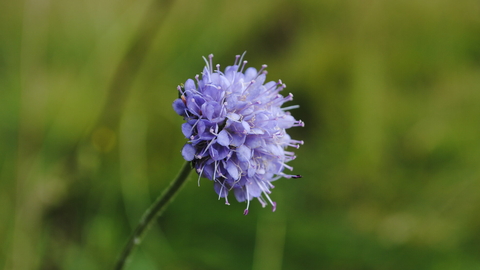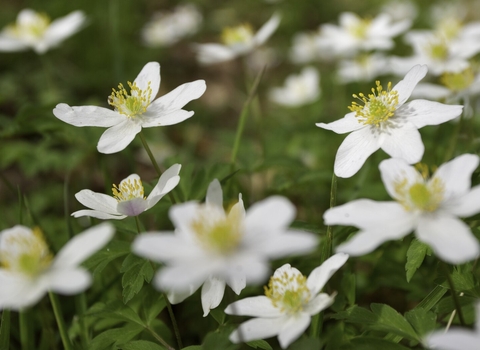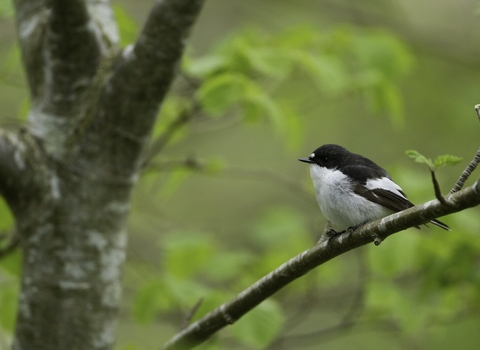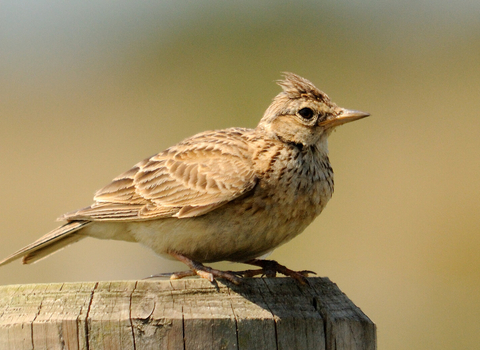
Amy Lewis
Lavernock Point – Penarth
Location
Know before you go
Dogs
When to visit
Opening times
Open access reserve.Best time to visit
May-Aug, Jun-Aug, Oct-FebAbout the reserve
The Oak Copse north of Fort Road is home to the elusive Purple Hairstreak butterfly. The Old Hayfield south of Fort Road was last cut for hay in 1984 and has been recolonised by meadow species. The North and South Meadows are separated by a belt of scrub containing a World War II Battery, now a listed Ancient Monument. Both meadows have been invaded by scrub over the years which in places has succeeded to Ash wood.
The meadow’s many flowers include Cowslip and several orchids: Early Purple, Bee, Spotted and Twayblade. Other plants prominent in their season are Common Centaury, Yellow-wort, Dyer’s Greenweed, Fleabane and Devil’s-bit Scabious. In all some 170 species have been listed, including the scarce Adder’s Tongue Fern.
The butterflies and moths are mainly found in the meadow, although the Speckled Wood is found amongst trees. There are abundant whites, blues and browns including Ringlet, Meadow Brown and Gatekeeper. Tortoiseshell, Peacock, Comma, Red Admiral and Painted Lady can be seen all summer. The commonest day-flying moth is the Six-spot Burnet and the commonest migrant the Silver Y.
Historically Lavernock has been an important site for the observation of bird migration. In autumn, large flocks of Swallow, Redwing, Fieldfare and finches can be seen. Breeding birds include Whitethroat, Lesser Whitethroat, Bullfinch and Chiffchaff. Sparrowhawk, Green Woodpecker and Long-tailed Tit can be seen throughout the year.



